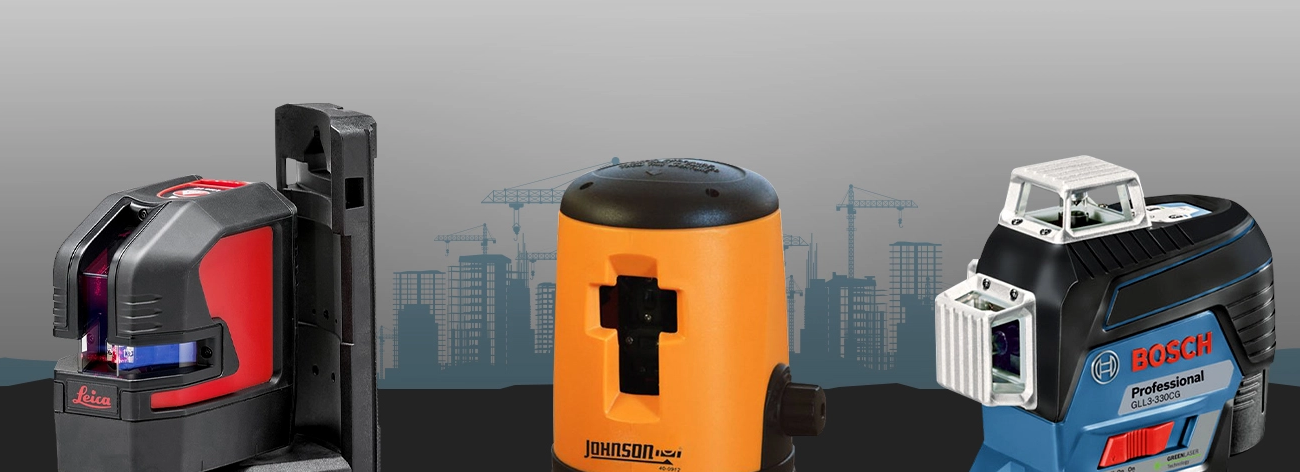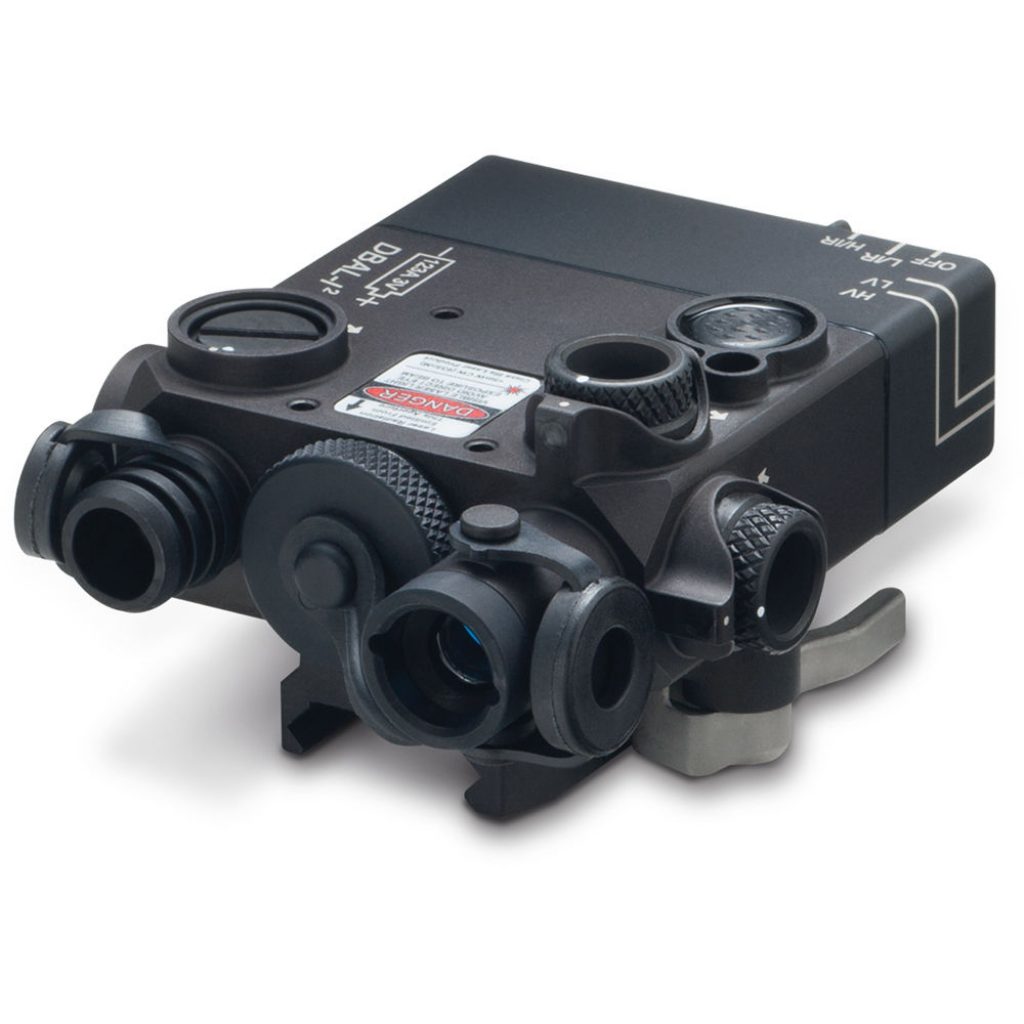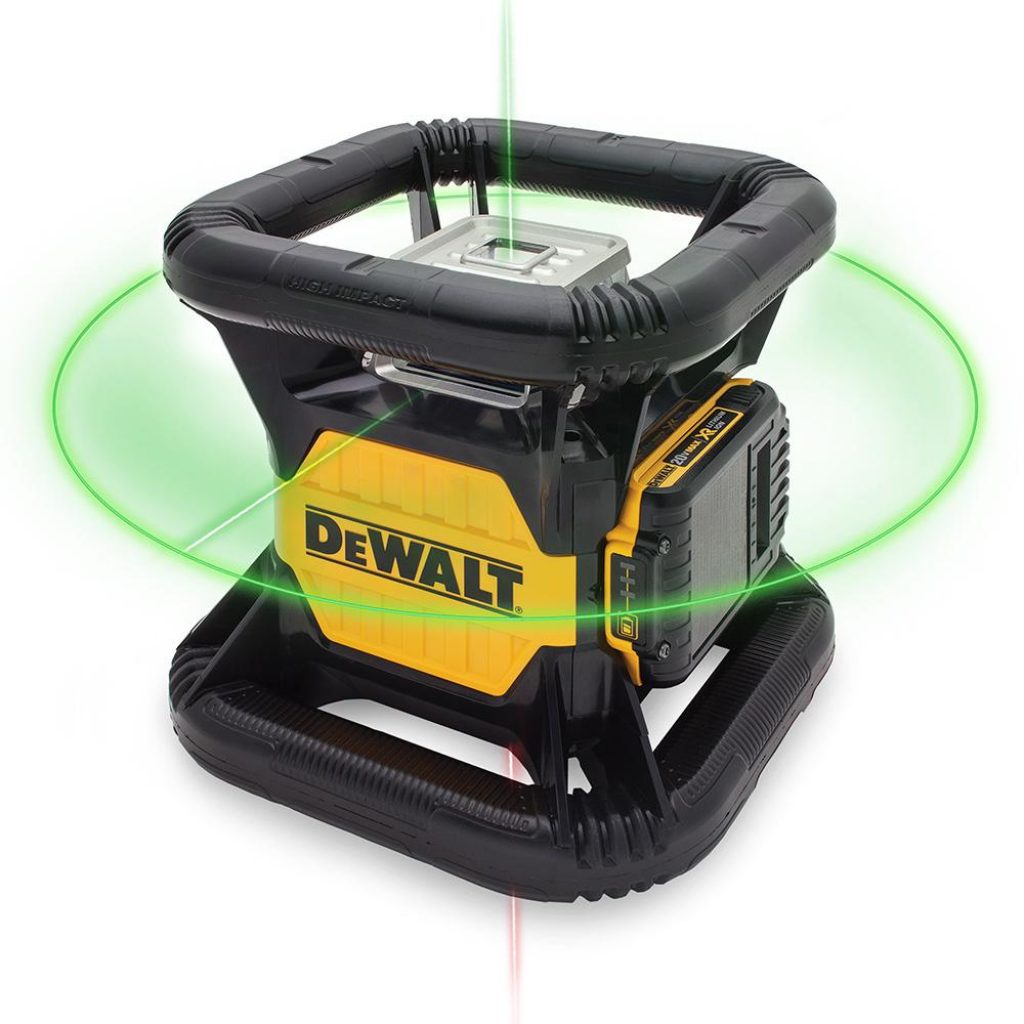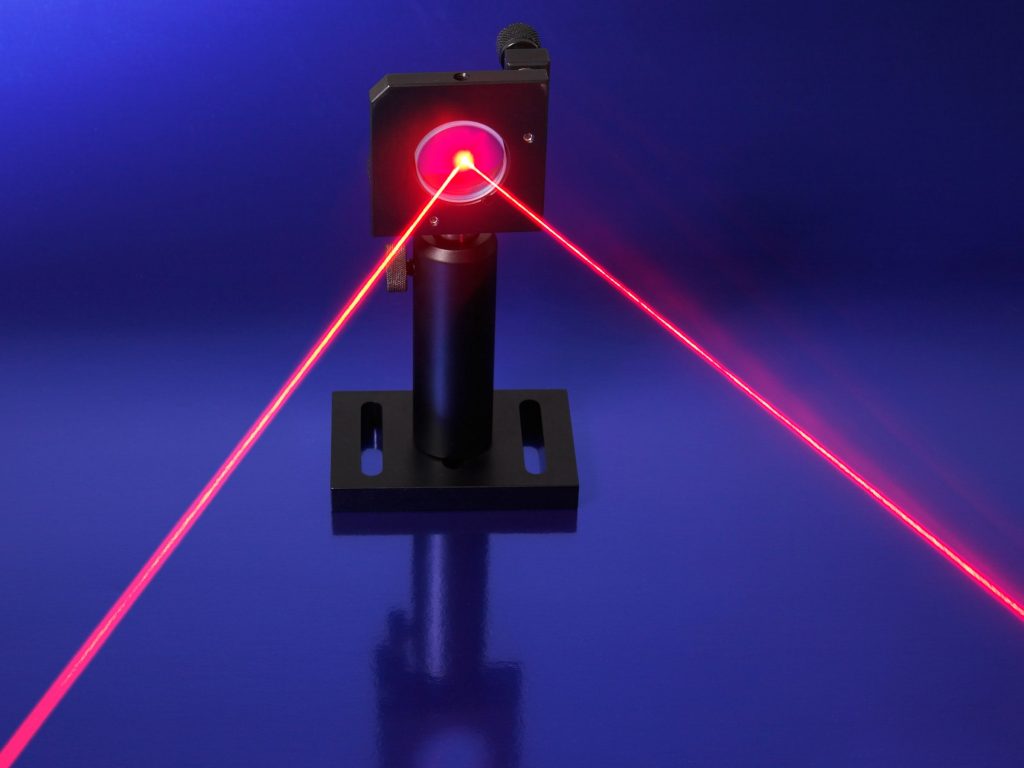
Ever heard of or used a laser level before? Well, these tools come in different features and types that can be a bit confusing for first-timers. Understanding their differences will help you know the specific model that suits your construction needs.
Initially, laser levels came as either spinners or liners. The spinners consisted of a “spinning-mirror” that was mounted on a plane to project beam. As the rotating head span, the mirror swept a beam of light on a vertical axis that acted as a reference point for leveling.
On the other hand, liners consisted of compact-based line levels that projected thin beams across horizontal axes. They are still the most popular in the market today. If you want to buy the best laser level, please read the complete buying guide at Gearfork.
Conventionally, designers have employed the concept of liners and spinners to come up with laser levels that can demarcate either horizontally, vertically or both. These devices consist of two main parts; the laser, and the leveling base upon which they sit. They are classified into six types based on their:
- Mode of Operation
- Axial alignment
- Variability
- Beam emission mechanism
Let’s expound on these categories for you to understand which model falls under each and how they work.
Table of Contents
Mode of operation

img source: bobvila.com
- Manual levels
The manual levels operate the traditional way. They are less expensive and most suitable for simple DIY tasks. To get it working, you will need to turn the unit’s thumbscrew (or knob) with your hand. It will then produce uninterrupted bubble vials that project out in the form of a beam. Once you are through, you must turn the knob in the opposite direction to turn it off.
- Self-leveling
These lasers are the exact opposite of the manual levels. Their system consists of advanced units (pendulum or servo motors) that automatically finds and maintains the referential point in a specified height or range. Some self-leveling lasers use bubble vials that you must set first, and then the system takes over. On the other hand, automatic self-leveling units start the system by a press of a button, set it, and the go-ahead to create a fine level.
When disturbed, self-leveling lasers produce jarred or dim light. This common occurrence can undermine your accuracy. When using a self-leveling unit, you will realize that it automatically corrects the blurred light into a bright one. Also, when the beam is out of the required level, say by 3% or 5%, the system will automatically shut itself off.
Axial alignment

img source: bhphoto.com
- Horizontal lasers
Horizontal lasers are the most widely used. They produce and project only a single streak of light in a horizontal axis.
- Dual Beam lasers
These types of lasers emit light in either the horizontal or vertical axis. They are handy when setting a plumb-up dot or level. However, let us be clear on one characteristic here. There are no dual beam lasers that emit double or multiple streaks of light at once. By dual-beam we mean, a line and a simple-dot reference point. Usually, the line forms on the horizontal axis while the dot forms on the vertical axis, at an about right angle against the level.
Variability

img source: homedepot-static.com
When measuring the speed of rotary lasers, we count the number of rotations the system makes per minute (denoted as RPM). Higher RPM means the system rotates faster hence producing dimmer beams that travel a longer distance. Low RPM, on the other hand, means the system emits brighter light that travels a short distance. When handling indoor tasks, consider using a system with low RPM since they are the most visible, and high RPM for outdoor projects since they travel farther.
Otherwise, in this category, we have:
- Fixed Rotaries
These types of lasers come with rotation speed that you cannot manipulate. For example, a system with 100 RPM will work at that rate for every project you intend to do. The units lack knobs or tuners that you can use to either increase or decrease their rotational speed.
- Variable rotaries
These units consist of mechanisms that you can use to increase their rotational speed. Mostly, they come with tuners that users operate manually. In case you need a flexible unit that works perfectly both inside and outside without compromising on the range, then variable rotaries got you covered.
Beam Emission Mechanism

img source: amazon.com
This is the last parameter when categorizing laser levels. Unlike the first three, understanding the beam emission mechanism can be slightly daunting. However, when gauging the flexibility, efficiency, and durability of laser levels, the beam emission mechanism plays a notable role.
Under this parameter, we have three types of lasers, namely;
- The Bubbling Vials
If you are keen enough, then you must have seen this term at the top of this page. These lasers consist of bubbles inside a vial that users line up by either turning a knob or reposition the level. The bubbles work pretty much the same as the molecules of spirit in a spirit level.
Lasers with bubbling vials mostly suit tasks that require horizontal projections. They are less expensive, easy to use and the lowest in power drainage. With proper care, they can last decades without any replacement.
- Pendulum
These lasers have a beam generator that hangs like a pendulum inside the unit’s level. They also have a magnet that is installed strategically inside the unit. When you start the system, the unit creates a magnetic field that combines the effect of gravitational force to swing the pendulum at a required angle. As the pendulum swings, so is the beam projected through prism or light to form a level.
Pendulum lasers guarantee an exceptional degree of accuracy. Some self-leveling models use bubble vials to create lines and pendulums for fine-tuning. Otherwise, these types of lasers consume a lot of power when compared to bubble vials.
- Electronic sensors
These types of laser levels are equipped with electronic sensors that automatically determine levels. They are the most expensive, accurate, and reliable. Nevertheless, their power consumption is also higher as compared to other variants.

img source: wired.com
Bottom line
For tasks that require simple layouts, we recommend manual bubbling vials. They are the easiest to use and highly reliable. For complex tasks that require maneuverability, consider buying electronic sensors. They are the most accurate, reliable for complex tasks, and flexible. Otherwise, magnets are an added advantage where you require a system that you can easily mount on a tripod.







